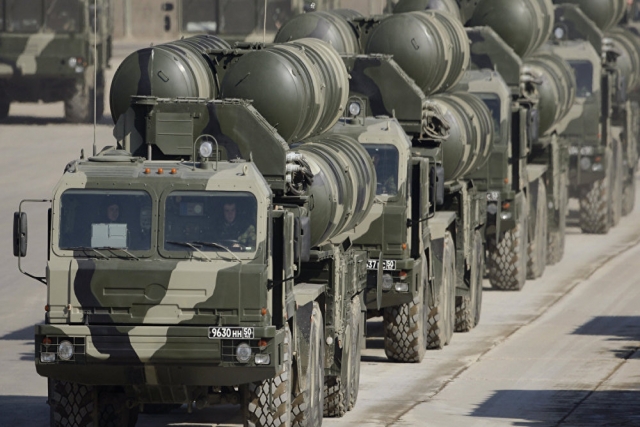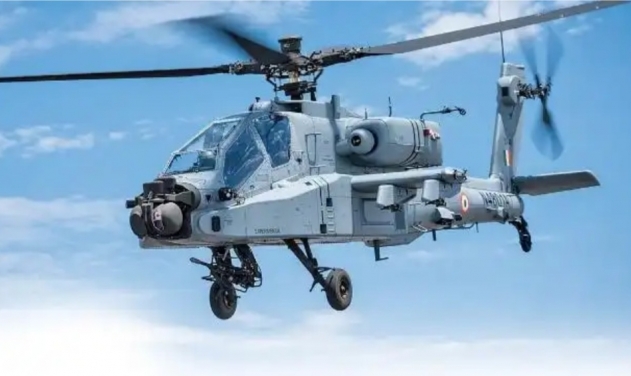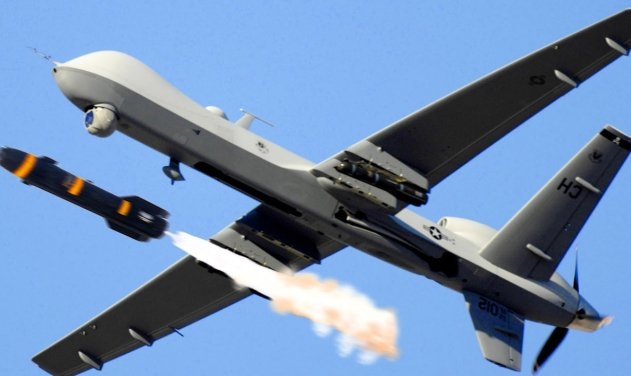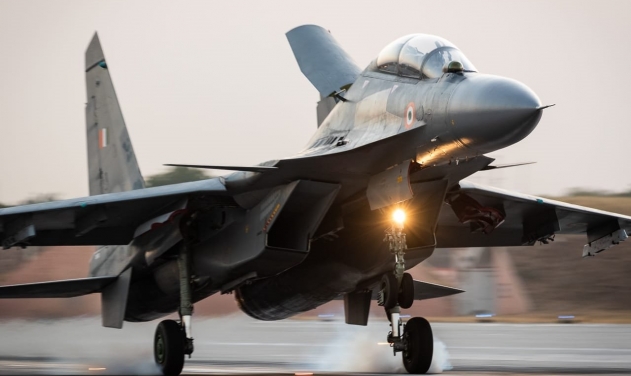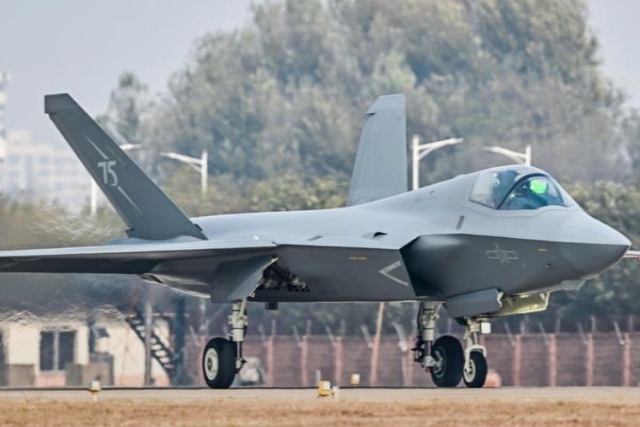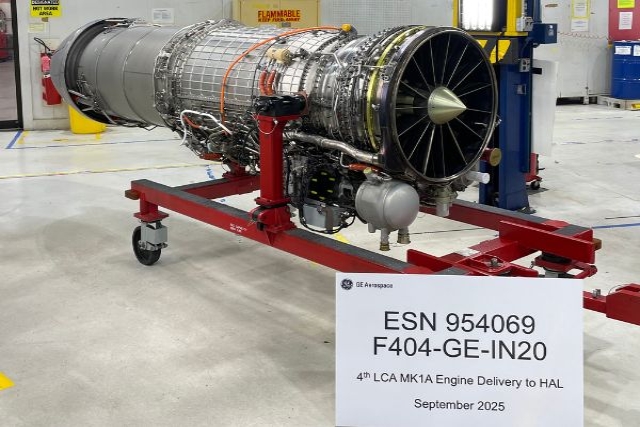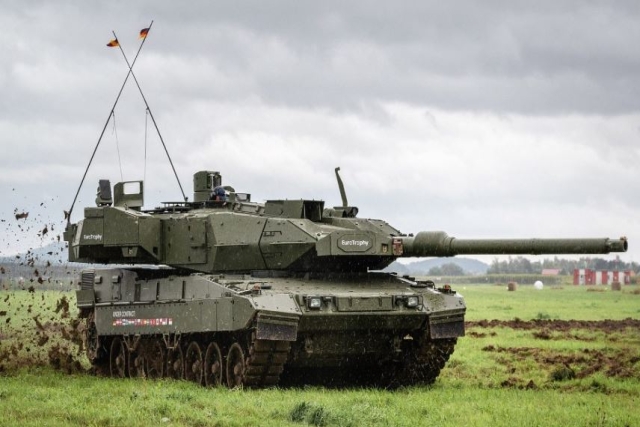Indian Air Force Commissions Second AEW&C Aircraft
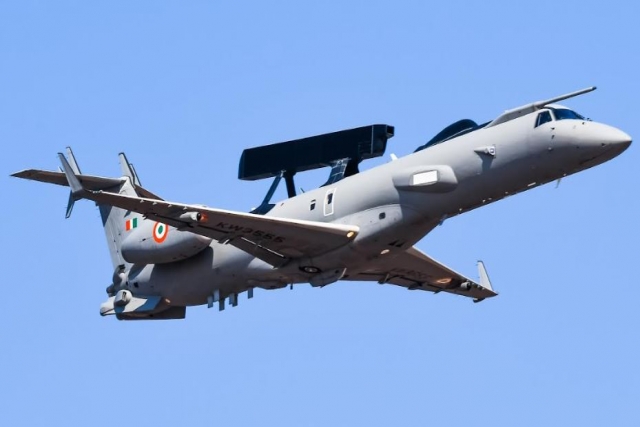
The Indian Air Force (IAF) on Wednesday formally inducted its second Embraer-145 aircraft with indigenously-made Airborne Early Warning & Control (AEW&C) systems.
The aircraft will be stationed at Air Force Station Bhisiana in Punjab. The first AEW&C aircraft was inducted in February 2017. The first known deployment of the plane was in February of this year during India’s face-off with Pakistan. On 26 February, the IAF carried out pre-dawn air strikes on terror camps in Balakot, Muzaffarabad and Chakoti, across the Line of Control (the unofficial border between India and Pakistan in Kashmir region) using 12 Mirage 2000 fighter jets guided by Heron UAVs and Embraer EMB-145 AWACS aircraft.
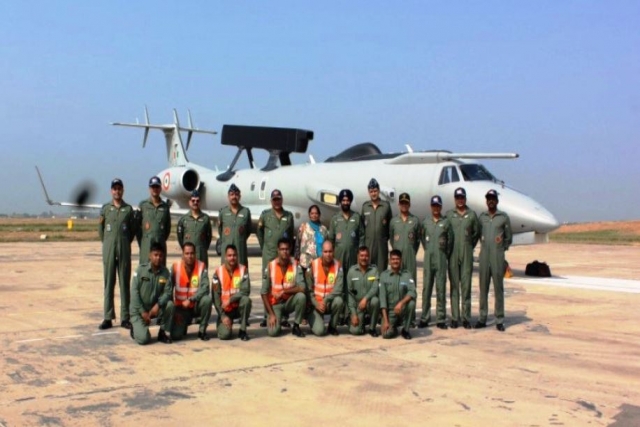
The AWACS system is developed by India’s Defense Research and Development Organisation (DRDO) and Centre for Airborne Systems (CABS). It is also referred to as DRDO Netra AEW&CS system, commonly referred to as “the eye in the sky.” The project costs $350 million (INR 2,500 crore).
Mission system control (MSC) of the AEW&C system incorporates all the data from sensors to enable control of the target airspace. It assesses threats using data received from the on-board sensors and other sources, and presents the Air Situation Picture (ASP).
The system mainly comprises of a primary active electronically scanned array (AESA) radar and secondary surveillance radar (SSR/IFF). The SSR provides Electronic Support Measures (ESM) and Communication Support Measures (CSM) that identifies and classifies the threats based on the emissions from them. It also serves as a Friend or Foe identification system. The surveillance aircraft is also equipped with an air-to-air refuelling probe for longer endurance (upto 9 hours with one air-to-air refuelling).
The Radar Warning Receiver (RWR) which is integrated into the ESM system, Missile Approach Warning System (MAWS) and Counter Measures Dispensing system (CMDS) forms a Self Protection Suite (SPS). Data Handling and Display System (DHDS) will present the Air Situation Picture on Operator Work Station (OWS) and will provide communication facilities to interact with the system
